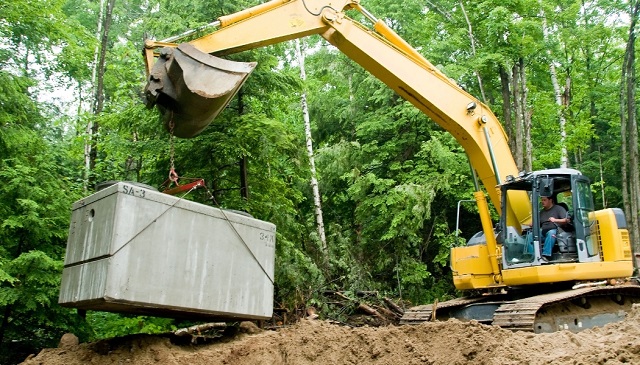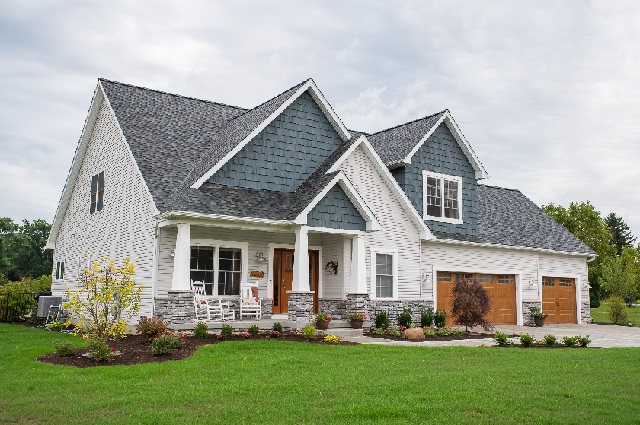Is Vacant Land Better Than Developed Land?
You’re thinking of building your dream home. Where do you see it located? Is it on acres of land, away from neighbors? Or perhaps on the waterfront land that you passed by on a recent drive? Maybe a family member is gifting you with a parcel of their land so you can live close by. Either way, you want to build the home you want, how and where it’s best for you.
Building on vacant land may be right for you—if you’re aware of the potential risks and costs. It’s important to educate yourself fully before you move forward with investing in vacant land or developed land.
Maleno has been in the business of building quality homes for over 45 years. We’ve learned a lot about both vacant and developed land and what you need to consider with both.

Vacant Land
Simply put, vacant land is undeveloped land, also known as a lot, parcel, or plot. At first glance, it’s generally less expensive than a lot in a developed neighborhood. By the time you pay for the necessary permitting, infrastructure development, and utility hookups, it may end up costing more!
Things to consider:
- No representation from the seller regarding usability or other characteristics
- Requires more knowledge & diligence from you, the buyer
- Cost of earthworks, wells, septic systems could be considerable
- Cost to connect to sewer, water, power, and gas may exceed normal connection costs
- Cost for permits needed, along with the ability to apply
- Compliance with zoning ordinances and restrictions mandated by city/township/county
- Long-term lot drainage and erosion control
Of special note are zoning ordinances and restrictions, which can dictate how many levels you may have in a home, the lot size, placement of your home on the lot, and other considerations.
Soil testing is another important factor when building your home. Your county extension service may not have recent information or information specific to your land. Which means you could discover your land has bad soil or underground rocks under your building area—a definite risk for your pocketbook.
These are just a few basic things to consider. There are many, many more! The National Association of Home Builders put together a comprehensive checklist for builders, which can be eye-opening for you.

Developed Land
Lots in a neighborhood have been fully prepared for building by a developer. Also known as a subdivision or community, they will have similar home and lot sizes. The land clearing and grading, utilities, sewers, permits, and restrictions’ research has been done for you. While the purchase price of the land is at a premium, there is generally less development cost and risk for the buyer.
Things to consider:
- In addition to government regulations, you will often have a Home Owners Association (HOA) with additional restrictions.
- Municipal departments usually hold builders to a higher standard of construction quality than rural departments—a definite benefit for you!
- Soil has been tested and the land graded for proper drainage; the builder generally takes some responsibility for the site’s suitability for building.
- A new development can take several years to develop—which can be seen as an inconvenience due to construction noise and traffic, or as a benefit to gradually get to know all your neighbors.
With developed land, there is less potential for surprises. All the groundwork has been done in advance.
A drive through the neighborhood can help you decide if it’s the right location for you.
Building with Maleno Custom Building & Remodeling
Deciding whether to build on a vacant lot or within a development is a huge consideration for your future home. Our knowledgeable and experienced building experts will guide you through each step with whichever option you choose. Contact us today!
Contributed by Wendy Rhines
Start a Conversation





